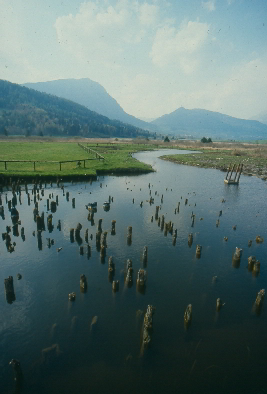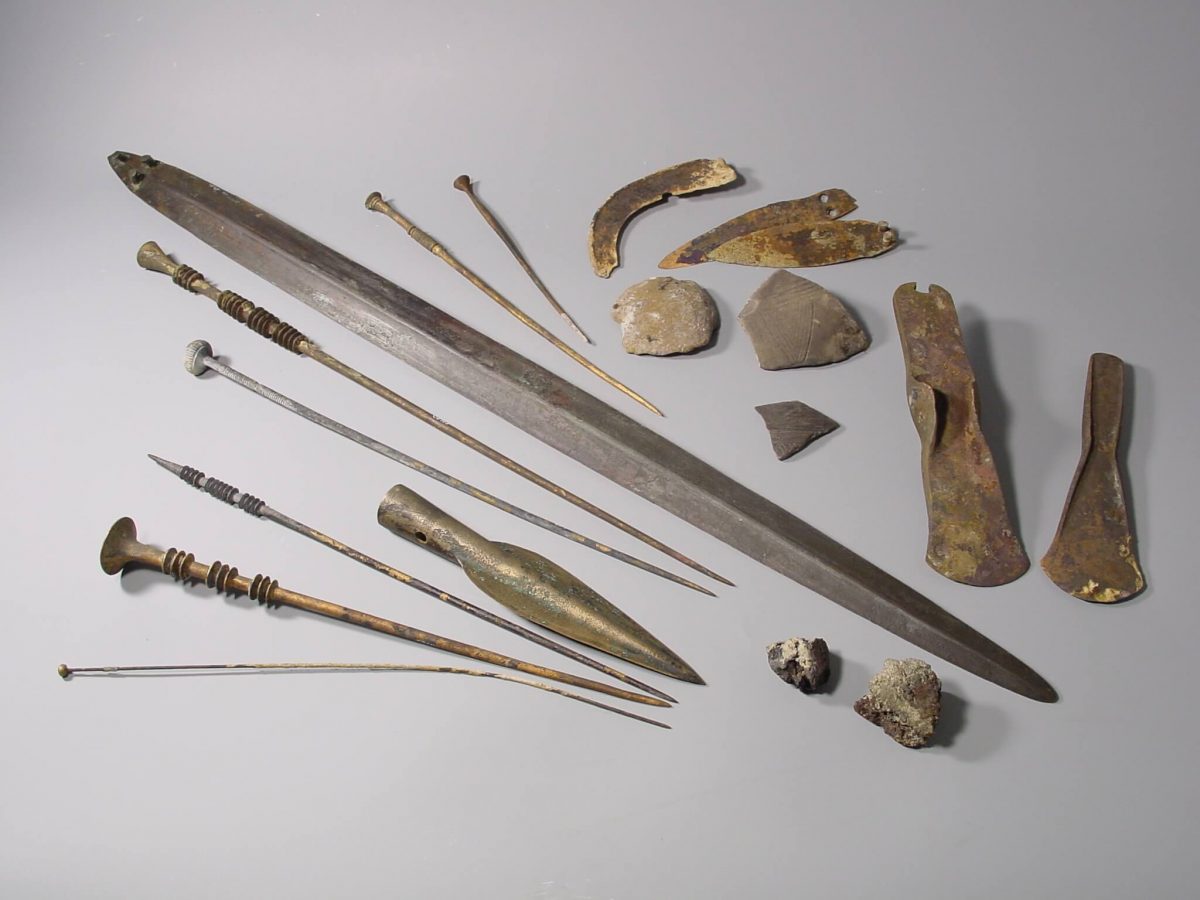The series of 111 out of the 937 known archaeological pile-dwelling sites in six countries around the Alpine and sub-alpine regions of Europe is composed of the remains of prehistoric settlements dating from 5,000 to 500 BC which are situated under water, on lake shores, along rivers or in wetlands. The exceptional conservation conditions for organic materials provided by the waterlogged sites, combined with extensive under-water archaeological investigations and research in many fields of natural science, such as archaeobotany and archaeozoology, over the past decades, has combined to present an outstanding detailed perception of the world of early agrarian societies in Europe. The precise information on their agriculture, animal husbandry, development of metallurgy, over a period of more than four millennia, coincides with one of the most important phases of recent human history: the dawn of modern societies.
In view of the possibilities for the exact dating of wooden architectural elements by dendrochronology, the sites have provided exceptional archaeological sources that allow an understanding of entire prehistoric villages and their detailed construction techniques and spatial development over very long time periods. They also reveal details of trade routes for flint, shells, gold, amber, and pottery across the Alps and within the plains, transport evidence from dugout canoes and wooden wheels, some complete with axles for two wheeled carts dating from around 3,400BC, some of the earliest preserved in the world, and the oldest textiles in Europe dating to 3,000 BC. This cumulative evidence has provided a unique insight into the domestic lives and settlements of some thirty different cultural groups in the Alpine lacustrine landscape that allowed the pile dwellings to flourish.


